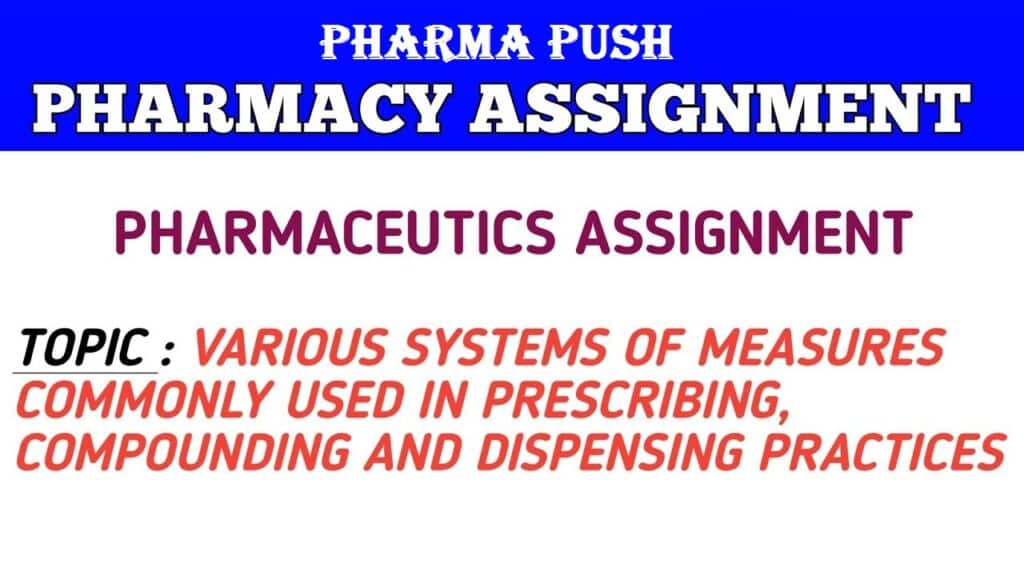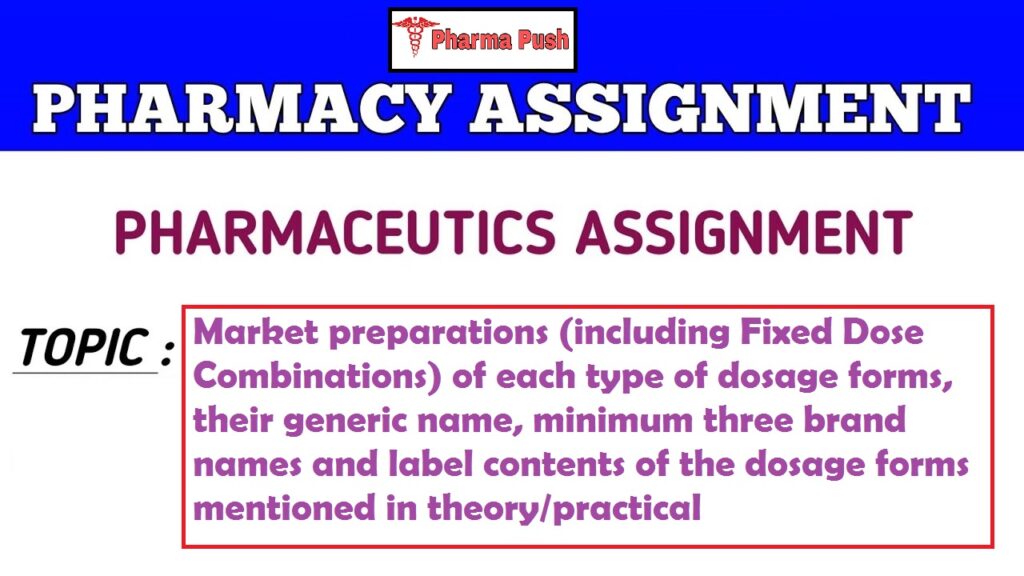Pharmaceutical calculations involving ratios are essential in pharmacy practice to ensure accurate preparation and administration of medications. Ratios express the relationship between two quantities and are commonly used in various pharmaceutical calculations. Here are some basic pharmaceutical calculations involving ratios:
- Ratio and Proportion:
- Definition: A ratio is a comparison of two quantities, and proportion is an equation stating that two ratios are equal.
- Example: If a medication is mixed in a 1:3 ratio (1 part medication to 3 parts diluent), and you need to prepare 60 mL of the mixture, you can set up a proportion: 13=x6031=60x. Solve for x to find the amount of medication needed.
- Concentration Calculations:
- Example: If you have a 10% w/v (weight/volume) solution and need to prepare 200 mL, you can calculate the amount of solute (e.g., powder or drug) needed: Amount of solute=Concentration×VolumeAmount of solute=Concentration×Volume. In this case, Amount of solute=0.10×200 mLAmount of solute=0.10×200mL.
- Dilution Calculations:
- Example: If you have a concentrated solution and need to dilute it to a lower concentration, you can use the dilution equation: C1V1=C2V2C1V1=C2V2, where C1C1 is the initial concentration, V1V1 is the initial volume, C2C2 is the final concentration, and V2V2 is the final volume.
- Alligation:
- Definition: Alligation is a method used to calculate the proportions of different strength solutions needed to obtain a desired strength.
- Example: If you have a 5% solution and a 20% solution and need to prepare 100 mL of a 10% solution, you can use alligation to find the amount of each solution needed.
- Milliequivalent Calculations:
- Definition: Milliequivalents (mEq) are used to express the chemical activity of ions.
- Example: If you have a drug available in milligrams and want to express the dose in milliequivalents, you need to know the equivalent weight of the substance.
- The formula is mEq=mg/Equivalent weight.
These are just a few examples of the basic pharmaceutical calculations involving ratios. These calculations are crucial for pharmacists and pharmacy technicians to ensure accurate and safe medication preparation and administration.
Conversion to Percentage Fraction
The concentration of a substance can be expressed in the following three types of percentages:
Join Telegram- Weight in weight (w/w): Required to express concentration of a solid in solid mixture.
- Weight in volume (w/v): Required to express concentration of a solid in liquid.
- Volume in volume (v/v): Required to express concentration of a liquid in another liquid.
Alligation
This types of calculation involves the mixing of two similar preparations, but of different strengths, to produce a preparation of intermediate strength. The name is derived from the Latin alligatio, meaning the act of attaching and hence refers to the lines drawn during calculation to bind quantities together. There are two alligation methods :
- Alligation Medial:
- Involves calculating the weight average percentage strength of a mixture of two or more substances of known quantity and concentration.
- Calculates the amount of active ingredients in each substance in the compound and then determines the active ingredients’ percentage present in the whole compound.
- Quantities are expressed in a common denomination of either weight or volume.
- Alligation Alternate:
- A rapid method that determines the proportions in which substances of different strengths are mixed to yield a desired strength or concentration.
- Once the proportion is known, the exact amounts of substances required can be calculated.
Both methods are used for calculations in pharmacy and related fields when preparing mixtures of substances with different strengths to achieve a desired intermediate strength or concentration. The term “alligation” is derived from the Latin word “alligatio,” meaning the act of attaching, which reflects the concept of binding quantities together during the calculation process.
PROOF SPIRIT
“Proof spirit” is a historical term used in the context of measuring the alcohol content of alcoholic beverages. It is a unit of measurement that represents a specific alcohol concentration. The term has its origins in the traditional method of assessing the strength of spirits.
You May Like: Overview of extemporaneous preparations at community / hospital pharmacy vs. manufacturing of dosage forms at industrial level
The definition of proof spirit has varied over time and between countries, but it is often associated with a particular alcohol by volume (ABV) percentage. In the United Kingdom and the United States, proof spirit historically referred to a liquid that contains 12/13 (approximately 92.31%) pure alcohol by volume.
In other words, if a spirit was said to be 100 degrees proof, it meant that it contained an equal volume of pure alcohol as a mixture of 12/13 of the same volume of water. The concept of proof spirit was used as a standard for taxation and trade purposes, providing a consistent measure of the strength of alcoholic beverages.
However, it’s important to note that modern countries and regions have adopted different systems for measuring alcohol content, and the use of proof spirit as a standard has largely been replaced by more straightforward alcohol by volume (ABV) percentages. In many places, alcoholic beverages now label their strength directly in terms of ABV, making it easier for consumers to understand the alcohol content without having to rely on the older proof system.
Isotonicity
Isotonicity refers to a state of equal tension or osmotic pressure between two solutions separated by a semipermeable membrane. In the context of pharmaceuticals and healthcare, isotonicity is particularly relevant in relation to solutions intended for medical use, such as intravenous (IV) infusions, eye drops, and nasal sprays.
An isotonic solution has the same osmotic pressure as the body’s fluids, such as blood or tears. When an isotonic solution is administered or applied, there is minimal disruption to the balance of fluids within and outside cells, reducing the risk of cell damage or discomfort. This is important in medical applications to ensure compatibility with biological tissues.
You May Like: Various systems of measures commonly used in prescribing, compounding and dispensing practices
In the case of IV solutions, for example, an isotonic solution has the same osmotic pressure as blood, preventing water from being drawn out of or into red blood cells. If a solution is hypertonic (higher osmotic pressure) or hypotonic (lower osmotic pressure) compared to blood, it can lead to adverse effects like cell shrinkage or cell swelling, respectively.
Pharmaceutical formulations aim to achieve isotonicity to enhance the safety and effectiveness of the product when interacting with biological systems. Isotonic solutions are generally more comfortable and less irritating when administered or applied, making them better suited for medical use. Manufacturers adjust the formulation of solutions by adding suitable solutes to achieve isotonicity. Common solutes used for this purpose include sodium chloride (table salt) and dextrose.
In summary, isotonicity is a crucial consideration in the formulation of medical solutions to ensure compatibility with biological tissues and minimize the risk of adverse effects during administration or application.


